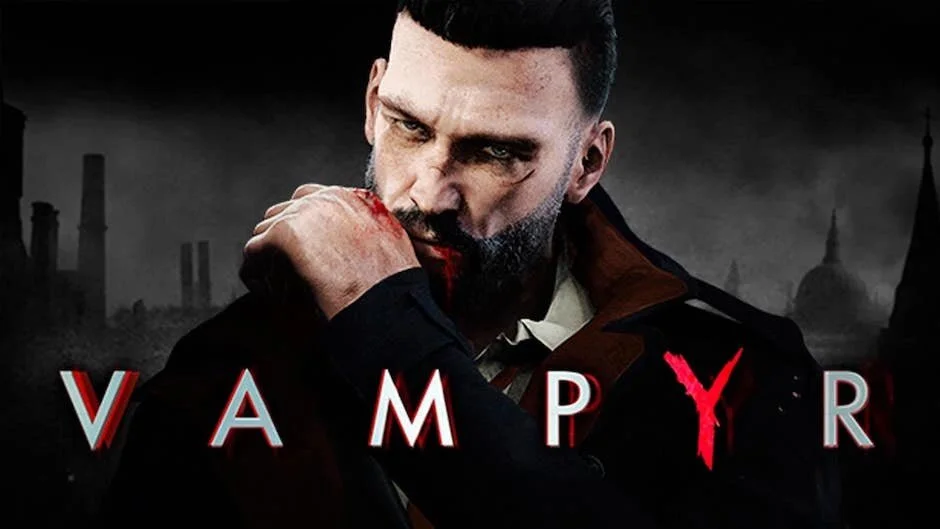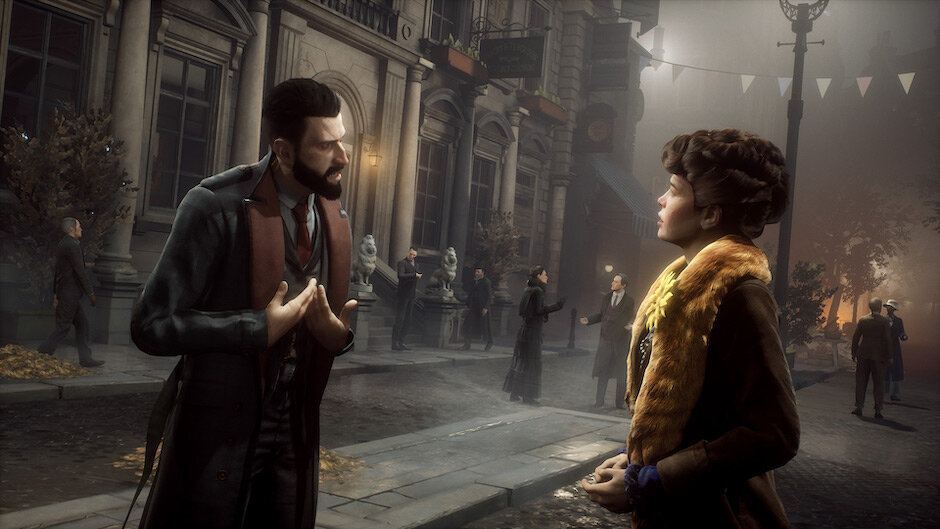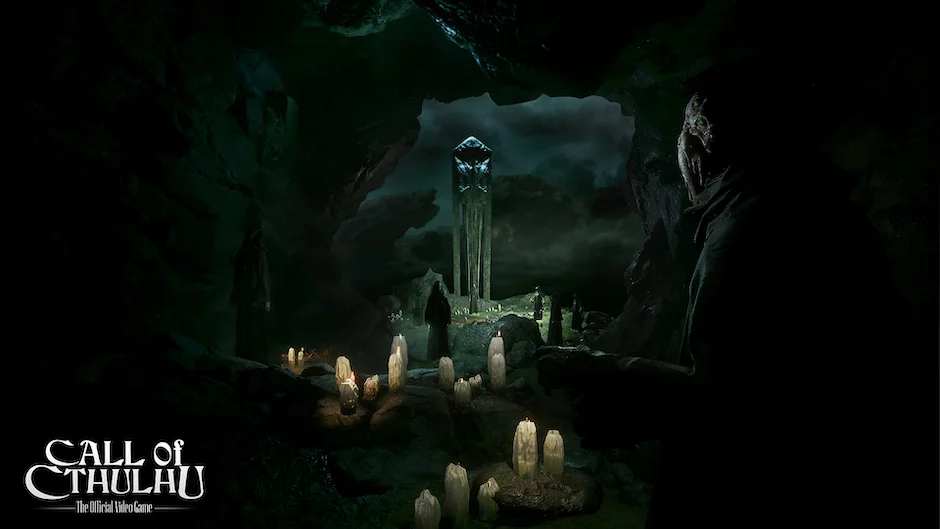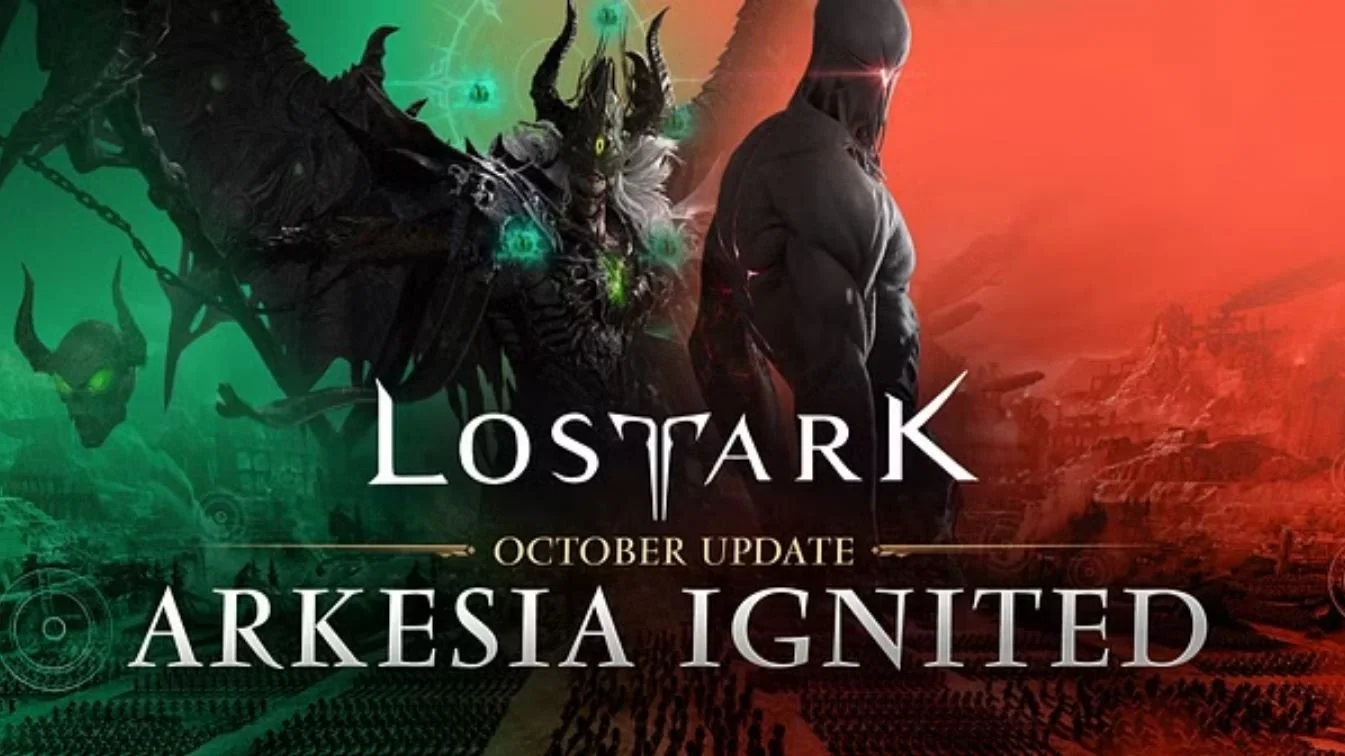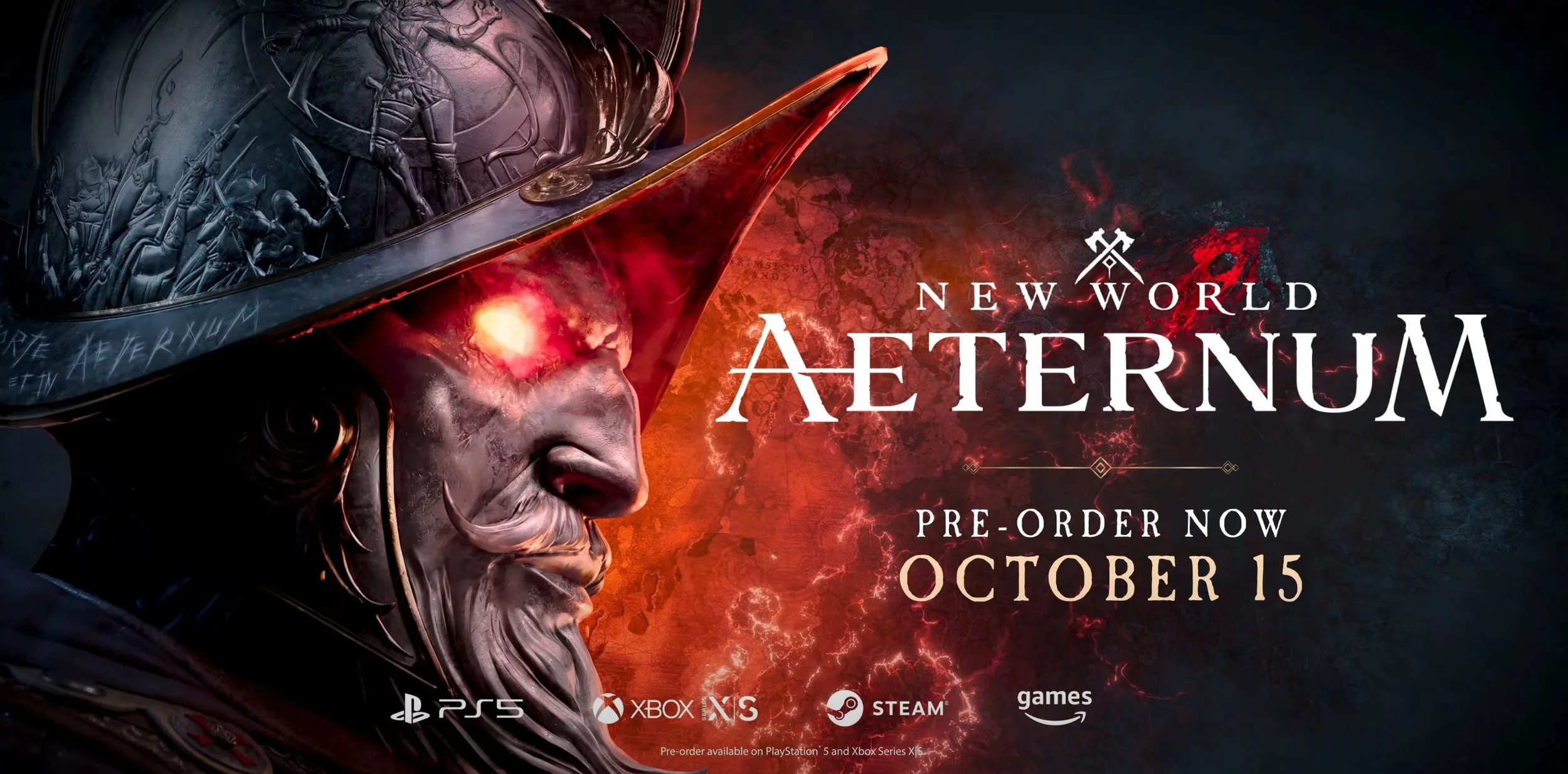Nintendo Switch code provided by DONTNOD Entertainment
DONTNOD Entertainment knows how to tell a good story. The massively successful Life is Strange series proves their commitment to engaging social exploration and dynamic characters that deserve attention and contemplation. After the release of the first episodic graphic adventure, the studio shifted to the grey streets of London. The mind-bending and time-shifting world of Life is Strange transforms into the morally-conflicted life of a vengeance-seeking vampire. One tale of emotional complexity for another. Their dark tale Vampyr initially released in June of 2018, and we reviewed the horror game back then. Now, the game is available on the Nintendo Switch, so let’s return to London and check in on Dr. Jonathan Reid.
STORY
Two epidemics ravage the streets. An infectious plague and a vampiric rampage. Both have destabilized the city. Awakening in a pile of bodies, Dr. Reid is in a state of delirium. And when he first encounters another living being, he is possessed by an uncontrollable urge and drains her of blood in a fatal attack. The woman is his sister, who’s been searching for him. Before Reid (or the audience) can really wallow in that pain, though, he’s chased by agitated Londoners looking to kill him. He must escape.
That opening scene does an effective job of showcasing the two warring elements in Vampyr. While the violent exchange between Reid and his sister doesn’t enable the player to access the grief, horror, and emotional weight of the moment—it happens too soon and without examination—it does at least represent the narrative emphasis on social bonds and the consequences of Reid’s actions in relation to good people around him. That’s where the story excels. The other element is the relentless effort of the mutated, lower vampiric forms (and the vigilante organizations endeavoring to kill any vampires) to drag down Dr. Reid with the rest of the city. Those forces are in opposition to Reid’s search for answers, and fighting ensues.
Reid needs to discover the truth underlying his condition and the state of the city. His journey will take him into the dark corners of London, and it will be a conflict greater than the war of which he is a veteran.
The game’s narrative is best when exploring the social circles, class inequity, and relationships that permeate the city. Unfortunately, that aspect of the game is interrupted frequently with the scourge of combat.
GAMEPLAY
Two systems encompass the Vampyr gameplay. A combat system with skill progression as your vampire nature grows and strengthens. And a social system where you talk with NPCs throughout the world, learn more about them and unlock dialogue trees as their history and personality slowly unfold.
The combat system invites players to uncover their own methods of attack. As Reid gets stronger, you can level up his skills, which are all aggressive and devastating attacks that will injure, frighten, and incapacitate the hunters throughout London. Upgradeable and modified weapons, both melee and ranged, also contribute to the system. Fighting in Vampyr becomes a matter of balance. Don’t drain stamina too quickly. Watch your health. Alternate between damaging and stunning the opponent. Bite creatures to gain blood. Unleash vampiric attacks. Heal yourself through autophagy.
The variety of skills that determine playstyle is reminiscent of Dishonored and other games, but combat never feels fun in Vampyr. It feels clunky, and the constant skirmishes eventually wear on you.
Where the game displays real innovation is the interaction with other characters. Dr. Reid is a nuanced protagonist who must reconcile violent urges with the mind of a physician who wants to care for those in need. He’s not the only three-dimensional character, though. The NPCs in the game have social circles of other characters with whom they share their history and experience. These interconnected webs of people require exploration in conversation, so the dialogue is an important part of the narrative as Dr. Reid studies the world around him.
Unlocking the mysteries of the people in London was immersive, and it demonstrated the strength of the storytelling experience at DONTNOD. That’s the best part of Vampyr. It suffers when repetitive fights break up the narrative, but the depth of the city and the characters lend a welcome charm to the game.
A day-one patch to the game will fix some performance issues that have been reported, but I didn’t experience any of those bugs or glitches during play. Besides a singular dialogue blip in a cutscene, the only issue I encountered was frequent loading screens. It slowed down exploration sometimes and seemed excessive, but the overall experience in Vampyr was smooth.
VISUALS
If you’re carrying around the Switch in handheld mode, then the graphics will likely not bother you, but Vampyr is not a visually stunning game. It captures the grim and shadow-filled streets of London well, but the character animation is underwhelming. Compared to recent releases, it could look better. When developed for the Nintendo Switch, I would have preferred a remastered version that upscaled the looks.
REPLAYABILITY
The skill trees afford players the freedom to experiment with their fighting style, so it’s easy to envision playing the game again to focus on different vampiric abilities. And the humans that you choose to mesmerize and drain of blood will affect available quests, entire tracks of conversations, and the storytelling, so Vampyr actually packs a lot of replay value into one game. It’s one of the strongest elements in the game.
WHAT IT COULD HAVE DONE BETTER
Finding a way to minimize the presence of combat in the game would have made the experience more enjoyable. Fighting pales in comparison to the exciting relationships between the characters and the social aspect of the game.
VERDICT
Vampyr reinforces the idea that DONTNOD creates compelling stories with interesting characters, but dull and ever-present combat weakens what could have been a stellar addition to narrative-based games.
